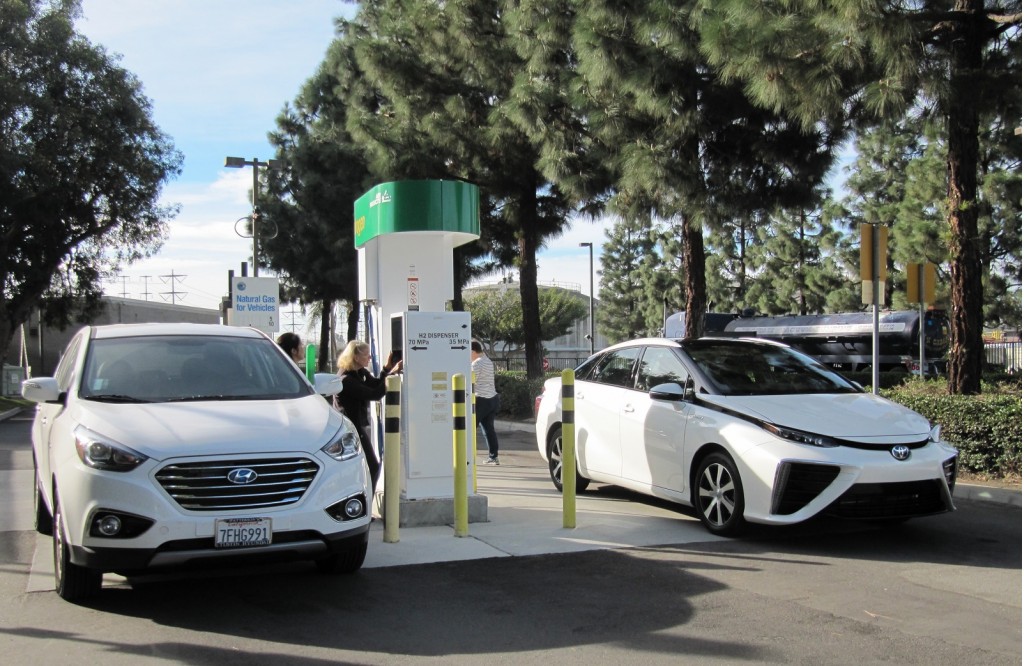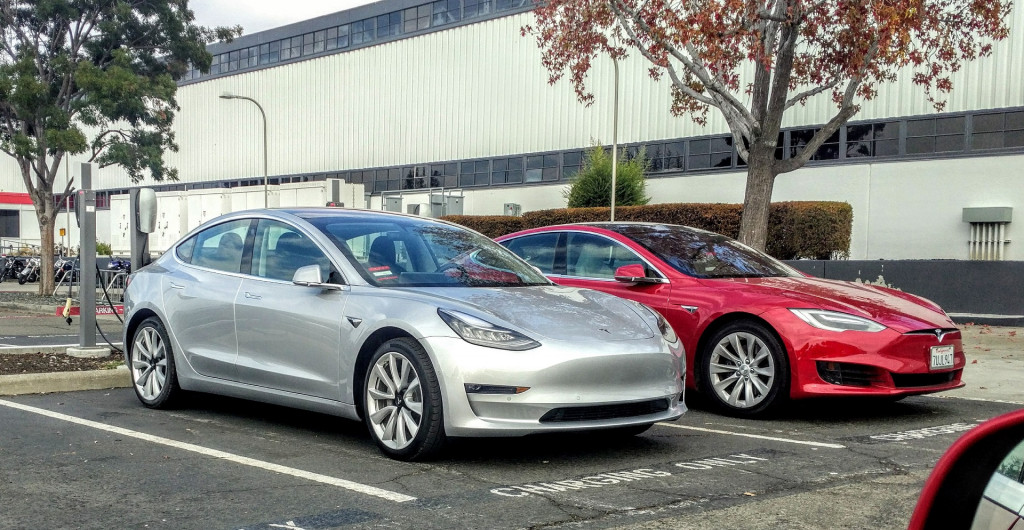Last Thursday, Governor Jerry Brown said in his annual State of the State address that California would need 5 million zero-emission vehicles on its roads by 2030 to meet its goals for reducing carbon emissions.
An executive order on Friday laid out new state actions toward that goal, including a $2.5 billion initiative to bring a quarter of a million electric-car charging stations and 200 new hydrogen fueling stations to the state by 2025.
Brown also announced a further $1.25 billion investment to reduce carbon emissions across a wide variety of sectors, funded by proceeds from the state's cap-and-trade emission auctions.
DON'T MISS: Number of electric cars CA needs to cut 2030 emissions unclear: 4 million or 7 million?
California today 337,000 has zero-emission vehicles on its roads, representing combined sales from 2008 through the end of last year of battery-electric, plug-in hybrid, and hydrogen fuel-cell vehicles.
The vast majority of them plug in, though that number includes around 3,500 hydrogen-fueled vehicles from Honda, Hyundai, and Toyota as well.
But 5 million vehicles 12 years hence is a large number a long way away, so what about a shorter-term goal? Specifically, can the state manage to put 1.5 million emission-free vehicles on its roads by 2025?

2015 Hyundai Tucson Fuel Cell, 2016 Toyota Mirai at hydrogen fueling station, Fountain Valley, CA
That's the question addressed by a new study released early Tuesday morning by Next 10, a nonpartisan advocacy group that commissioned Beacon Economics to study the question.
The firm analyzed historic sales data and technology trends to figure out if the state could meet that ambitious target for 2025.
The report, titled "The Road Ahead for Zero-Emission Vehicles in California: Market Trends & Policy Analysis," suggests that the state is on track to meet that goal handily.
READ THIS: California bill to ban new fossil-fueled car sales by 2040 introduced
At the end of last year, emission-free vehicles represented 4.5 percent of new-car sales in the state, a result of sales growing at an average rate of 53 percent a year from 2013 through 2017.
That faster-than-expected adoption rate means the growth in ZEV sales for 2018 through 2025 needs to be only a relatively modest 20 percent a year to make the 1.5-million goal.
During 2017, "battery costs fell, ranges grew, new models hit the showrooms, and nations including China, France and the U.K. announced plans to phase out gas-powered cars," said Next 10 founder and businessman Noel Perry.

2017 Tesla Model 3 and Model S in Tesla assembly plant parking lot, Fremont, CA, November 2017
He called last year "a turning point for electric vehicles," not only in the state but globally.
Adam Fowler, an economist at Beacon Economics—the independent research and consulting firm that compiled the report—suggested that like many new advanced technologies, electric cars are likely to move from incremental to exponential growth in their adoption rates.
“Add to that the advent of autonomous vehicles and new business models such as ride hailing and car sharing," Fowler continued, "and we could be on the brink of major disruption in the transportation sector."
CHECK OUT: How California and China plan to push for millions of zero-emission vehicles
But, the report cautions, California's electric-car progress could be delayed or stalled by a lack of sufficient public charging infrastructure.
While it has 16,600 public charging stations, the highest total of any state, the number of charging sites per plug-in vehicle on the road is among the lowest among all states.
Studies show, the report noted, that California will need 125,000 to 220,000 charging ports from private and public sources by 2020 in order to provide adequate infrastructure.
That's likely where Governor Brown's plans for the state to spend $2.5 billion by 2025 on zero-emission vehicle infrastructure will come in handy.













